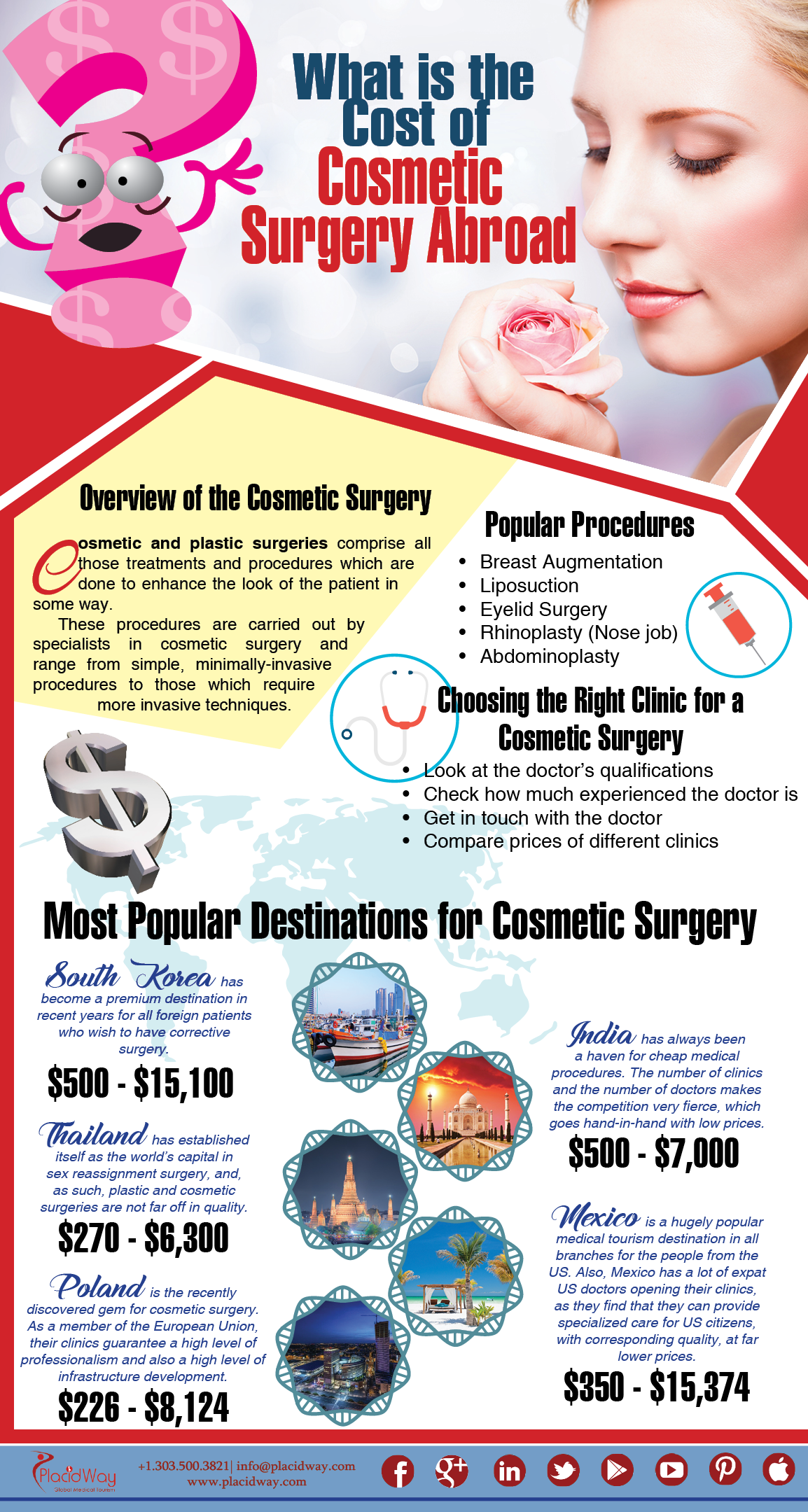Therapy Options For Acne Related Distress
Therapy Options For Acne Related Distress
Blog Article
Hormonal Acne - What is Hormonal Acne?
Hormone acne is identified by stopped up pores and oily skin that usually appears on the chin and jawline. It occurs when hormone modifications set off inflammation and microbial overgrowth within hair roots.
Breakouts might look like whiteheads, blackheads, papules or pustules and cysts or blemishes in extra extreme instances. It is extra usual in teenagers experiencing the age of puberty but can affect adults of any age.
What Causes Hormonal Acne?
While acne can be caused by a variety of factors, including making use of hair and skin treatment items that aren't oil-free or made with active ingredients that can obstruct pores, hereditary proneness, diet regimen,2 and tension, the source is varying hormones. Hormonal acne happens when the body experiences hormonal changes and fluctuations that lead to an overproduction of sebum, which causes swelling, raised development of microorganisms and adjustments in skin cell task.
Hormone acne is commonly discovered on the lower jawline, cheeks and neck but can appear anywhere on the body. It is identified by imperfections that are cystic, excruciating and loaded with pus or various other product. It is likewise most likely to occur in women than males, specifically throughout adolescence, the menstrual cycle, pregnancy or menopause.
Age
While many children experience acne eventually throughout adolescence, it can continue to plague grownups well right into their adult years. Referred to as hormonal acne, this form of outbreak is connected to changes in hormones and is typically most usual in ladies.
Hormonal acne occurs when oil glands produce way too much sebum, which blocks pores and traps dead skin cells. This leads to the development of imperfections, such as whiteheads, blackheads and papules, pustules, cysts or nodules, deep under the surface.
This sort of imperfection typically triggers pain, soreness and swelling. It may also be intermittent and appear around the same time every month, such as right prior to your period begins. This is since levels of women hormonal agents like progesterone and oestrogen change with each menstrual cycle.
Menstrual Cycle
Hormone acne usually appears in the reduced part of your face, along the jawline and cheeks, as whiteheads, blackheads or inflammatory acnes (pimples and cysts). It's more than likely to appear around the time when your menstruation modifications.
Especially around ovulation, when estrogen and progesterone degrees are botox injections on the surge, hormonal agent fluctuations can create outbreaks. But it's additionally feasible to get acne at any kind of factor during your 28-day menstruation.
If you discover that your hormone acne flare right before your duration, try noticing when precisely this happens and see if it connects to the stages of your 28-day menstrual cycle. This will certainly help you determine the source of your skin troubles. As an example, you may want to service balancing your blood sugar level and eliminating high-sugar foods, or take into consideration a prescription medicine like spironolactone that can regulate your hormonal agents.
Pregnancy
Expanding an infant is a time of significant hormonal adjustments. For numerous females, this consists of a flare-up of hormonal acne. This kind of outbreak normally begins in the initial trimester, around week six. It's brought on by hormone rises that stimulate sweat glands to make more oil, which can block pores and cause even more bacteria to develop.
Outbreaks may additionally happen as a result of pre-existing conditions like polycystic ovary disorder, which can also be a concern during pregnancy and menopause. Likewise, some types of contraceptive pill (such as Ortho Tri-Cyclen and YAZ) can trigger hormone acne in some females.
Fortunately, the majority of acne treatments are "no-go" for expectant women (consisting of popular acne-fighting components such as isotretinoin and spironolactone). Yet if you can't stay clear of those irritating bumps, your medical professional may recommend dental erythromycin or cephalexin, which are safe while pregnant.
Menopause
As women approach menopause, the estrogen degrees that caused their hormone acne to flare during adolescence start to stabilize and reduce. At the same time, nonetheless, a spike in androgens (also referred to as male hormonal agents) happens due to the fact that these hormones can't be exchanged estrogen as effectively as previously.
The unwanted of androgens can trigger oil production by the sweat glands, which clogs pores. When the blocked pores come to be swollen and irritated, an acne forms.
Hormonal acne is normally seen on the face, particularly around the chin and jawline, but it can happen on the neck, back, shoulders, or upper body. This type of acne has a tendency to flare in an intermittent pattern, similar to the menstrual cycle. Anxiety, which raises cortisol and throws hormonal agents out of equilibrium, also contributes to the outbreaks.